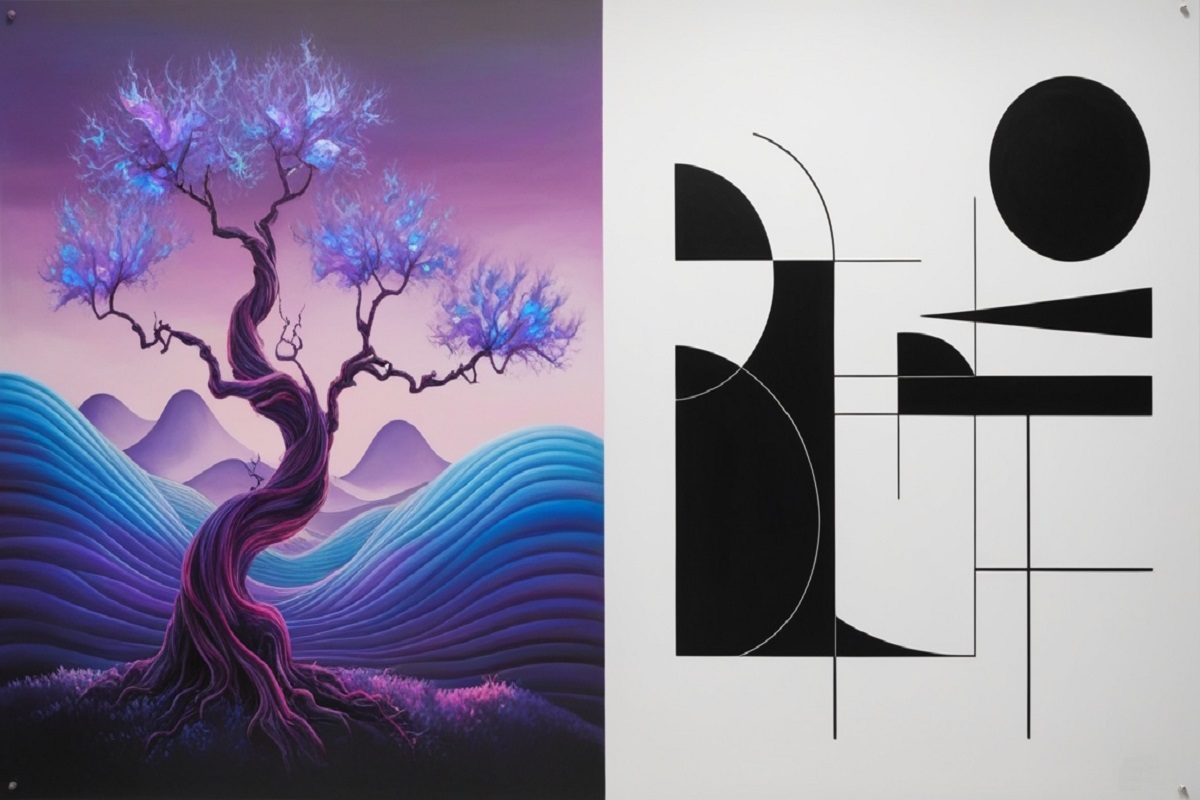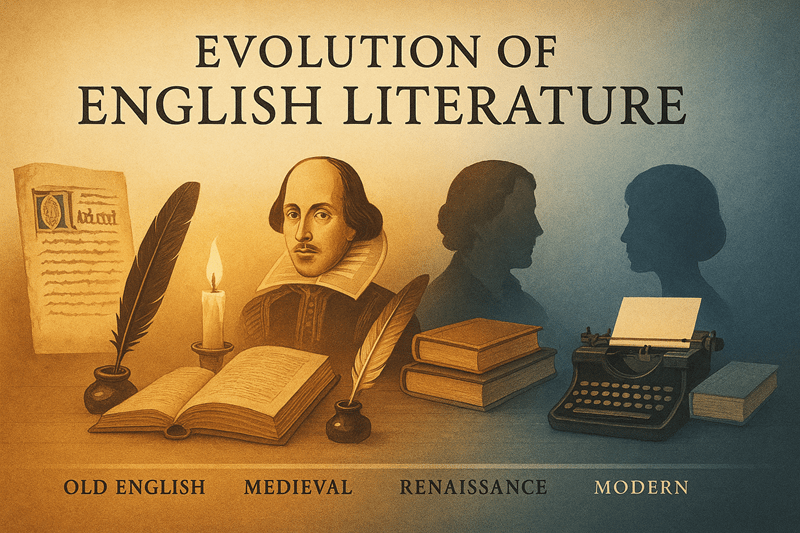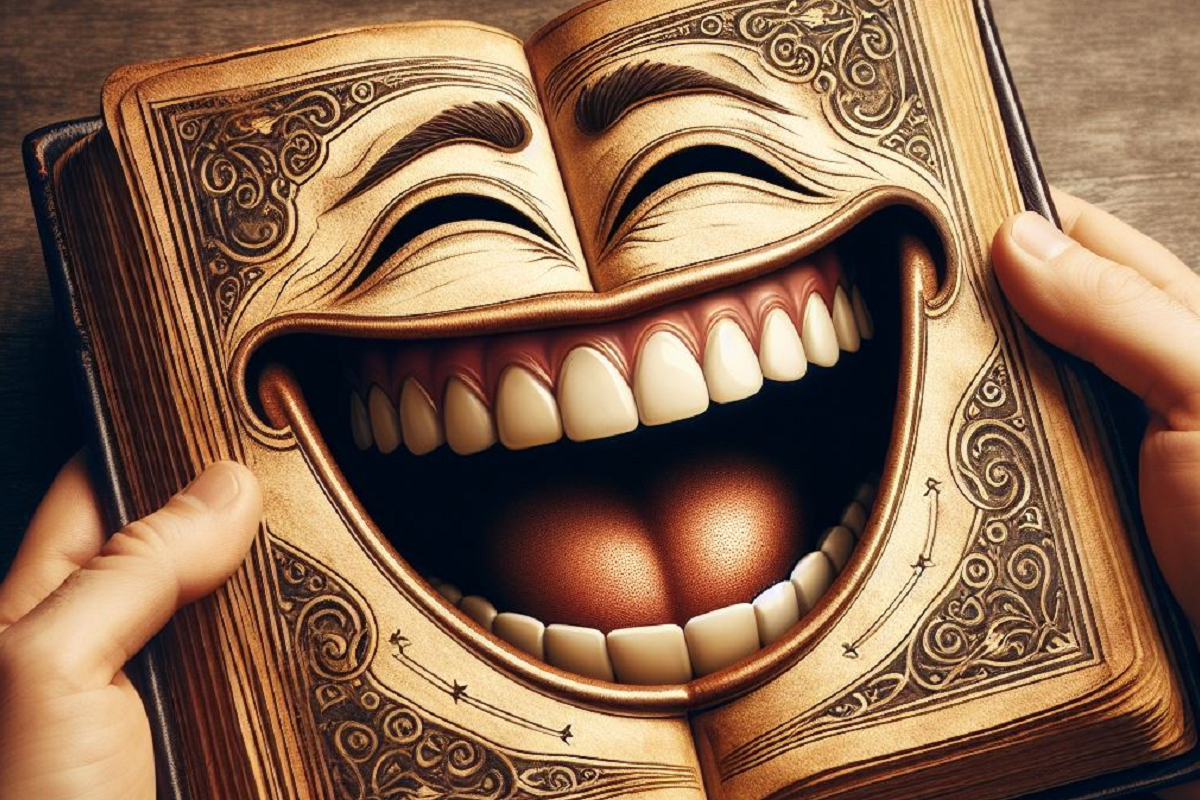The question of whether Surrealism is abstract is a complex one, often leading to heated debates among art historians and enthusiasts. While the two movements share a certain degree of divergence from traditional representational art, they employ fundamentally different approaches and aims. A comprehensive understanding of both Surrealism and Abstraction is essential to unraveling this intricate relationship.

Understanding Surrealism and Abstraction
Surrealism emerged in the early 20th century as a cultural movement that sought to release the creative potential of the unconscious mind. Surrealist artists aimed to transcend the rational and logical. It explores the realms of dreams, hallucinations, and the irrational. Their works often featured juxtaposed imagery, dreamlike scenarios, and symbolic elements.
On the other hand, abstraction is a broader term encompassing various art movements that depart from representational forms. Abstract artists focus on formal elements such as color, shape, line, and texture. The emphasis is on the visual and emotional impact of these elements rather than narrative or symbolism.
Surrealism and Abstraction: Points of Convergence
While Surrealism and Abstraction might seem distinct, there are areas where they intersect. Some Surrealist artists incorporated abstract elements into their works, creating a hybrid style that blurs the lines between the two movements. This overlap is particularly evident in the works of artists like Joan Miró, Max Ernst, and André Masson.
A. Exploration of the Unconscious
Both surrealists and abstract artists were interested in exploring the unconscious mind. Surrealists aimed to depict the dreamlike and irrational aspects of the unconscious, while abstract artists sought to convey the emotional and psychological experiences that lie beneath the surface of conscious thought.
For example, Joan Miró, often associated with both surrealism and abstract art, created works like The Tilled Field (1923-1924), which combines abstract forms with surreal imagery to evoke a sense of the subconscious.
B. Rejection of Realism
Surrealism and abstract art both reject the constraints of realistic representation. Instead of depicting the world as it appears, artists in both movements sought to represent the world as it is experienced subjectively. This rejection of realism allowed for greater experimentation with form, color, and composition.
Surrealism and Abstraction: Points of Divergence
Despite these overlaps, Surrealism and Abstraction remain distinct movements with different goals.
A. Representation and Figuration
One of the primary distinctions between surrealism and abstract art lies in their approach to representation. Surrealist works often include recognizable forms and figures, albeit in fantastical and dreamlike contexts. For example, Salvador Dalí’s The Elephants (1948) features elephants with impossibly long, spindly legs, merging the familiar with the bizarre.
In contrast, abstract art typically eschews recognizable forms altogether. Abstract artists like Piet Mondrian, whose work Composition with Red, Blue, and Yellow (1930) consists of geometric shapes and primary colors, focus on pure abstraction without reference to the visible world.
B. Philosophical Foundations
Surrealism is rooted in the exploration of the unconscious mind and the realm of dreams, heavily influenced by Freudian psychoanalysis. The movement’s emphasis on automatism and the irrational reflects a desire to tap into deeper layers of the human psyche.
On the other hand, abstract art is often grounded in a desire to explore the fundamental elements of art—color, form, and line—independently of any representational content. While some abstract artists, like Kandinsky, believed in the spiritual and emotional power of abstract forms, their work is not necessarily tied to the exploration of the unconscious mind in the same way that surrealism is.
The Role of Automatism
One technique that further blurs the lines between Surrealism and Abstraction is automatism. Both movements employed this method, where artists allowed their unconscious minds to guide their hand. This resulted in spontaneous and often abstract compositions.
However, while Surrealists used automatism to access the subconscious and create dreamlike imagery, Abstract artists often employed it as a means of exploring the formal possibilities of their medium.
Examples of Overlap and Distinction between Surrealism and Abstraction
1. Joan Miró is an artist whose work often straddles the line between surrealism and abstraction. His painting Harlequin’s Carnival (1924-1925) features a whimsical array of abstract forms and surreal figures, creating a fantastical and dreamlike scene. Miró’s use of bold colors and playful shapes reflects the influence of both movements, demonstrating how the boundaries between surrealism and abstract art can sometimes blur.
2. Yves Tanguy, a surrealist painter, created works that, while surreal in content, often feature abstract forms. His painting Indefinite Divisibility (1942) depicts a barren landscape populated by strange, biomorphic shapes that defy easy categorization. Tanguy’s work exemplifies how surrealism can incorporate abstract elements to create a sense of otherworldliness.
3. Jackson Pollock, an abstract expressionist, is known for his drip paintings, such as Autumn Rhythm (Number 30) (1950). While Pollock’s work is purely abstract, his emphasis on spontaneity and the subconscious process of creation shares some philosophical ground with surrealist automatism. However, Pollock’s focus on the physical act of painting and the abstraction of form distinguishes his work from the representational elements often found in surrealist art.
Conclusion
The relationship between Surrealism and Abstraction is complex and multifaceted. While they share some common ground, particularly in the use of automatism and the exploration of non-representational forms, their ultimate aims and approaches differ significantly. Surrealism seeks to tap into the unconscious mind and create dreamlike experiences, while Abstraction focuses on the formal qualities of the artwork itself.
Ultimately, whether a particular work can be classified as Surrealist, Abstract, or a hybrid of the two depends on the artist’s intentions and the viewer’s interpretation. The beauty of art lies in its ability to defy categorization, and the overlapping territories of Surrealism and Abstraction offer a rich and fascinating area for exploration.
Recommended: Realism vs Surrealism in Literature: A Comparative Study




I want to thank you for your assistance and this post. It’s been great.